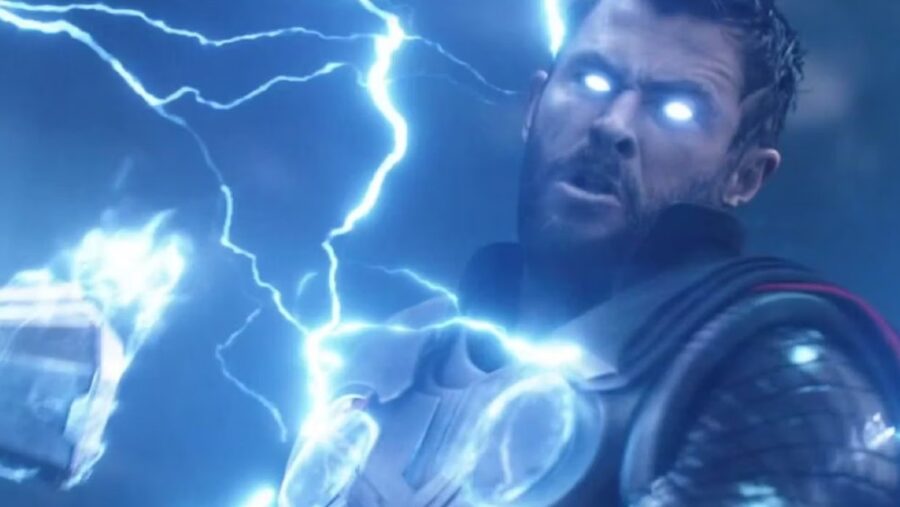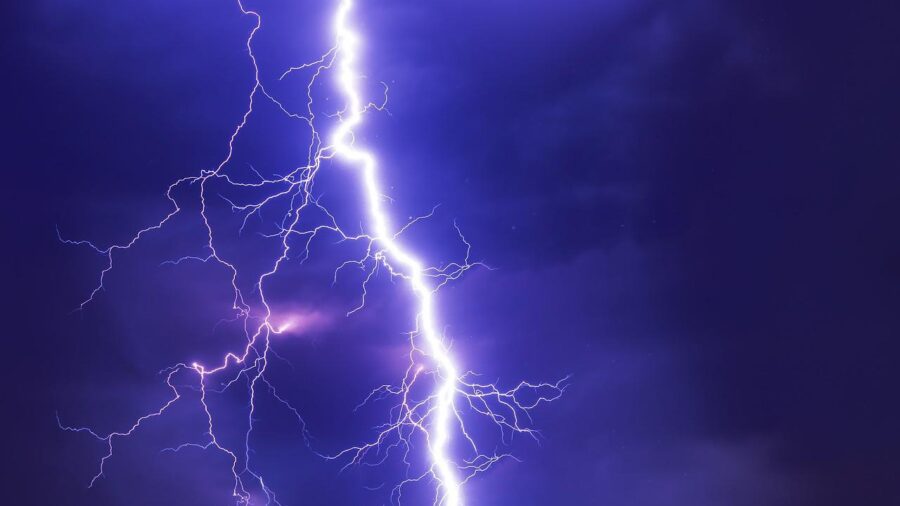Scientists Are Now Able To Bend Lightning

Scientists unlocked a major achievement: they can now bend lightning. They accomplished this with the use of a high-intensity laser directed at lightning in the sky. While this is impressive in itself, this scientific superpower has a practical use: providing protection from especially violent thunderstorms, which can occur almost anywhere and at any time of year, according to the Federal Emergency Management Agency.
Scientists have discovered a way to bend lightning through the use of a high-intensity laser
Currently, builders add Franklin rods (more commonly known as lightning rods) to the tops of buildings, monuments, and other tall structures. These rods direct lightning to the ground, diverting damage from any structures or people within. Once more common, homes in areas such as Jacksonville, Fl. still use them to minimize risk. Because while it looks incredible, lightning is dangerous to people, structures, nature, and technology.
Researchers Aurélien Houard, et al., published their findings in Nature Photonics in January. They conducted this experiment in Switzerland in 2021 on the Säntis mountain, mounting their lightning-bending system to a communications tower. To record their success, the researchers used two high-speed cameras to document their laser, deterring the lightning strike from their chosen protected location.
According to the published research, the field of study required to achieve this feat has been active for more than two decades — but this was the first field test to demonstrate success with the technique. This laser weighed 3 tons and was activated whenever forecasters predicted storms.
The researchers indicate that this laser-guiding technology could be used to better protect large buildings, airports, and launchpads from lightning damage.
The team also used modeling and simulation techniques to more accurately predict how to deter lightning. The research team consisted of scientists from four organizations: TRUMPF scientific lasers (Germany), École Polytechnique (France), EPFL (Switzerland), and the University of Geneva (or UNIGE, Switzerland).
The technology uses powerful laser beams to heat the air. When that occurs, molecules are triggered to let go of electrons in the air, diffusing and redirecting a lightning strike. Initially, scientists encountered a problem here: lasers always flicker. Eventually, scientists produced lab results, but had yet to have a successful result in the field.
This team of scientists solved the short-lived channel problem by ensuring the laser they used to pulse 1,000 times per second. Because the laser fires faster, it’s more likely to interrupt the lightning.

The researchers indicate that this laser-guiding technology could be used to better protect large buildings, airports, and launchpads from lightning damage. The ability to bend lightning could also save lives and prevent billions of dollars in property damage every year if the technology is miniaturized and commercialized.
While it’s exciting to think about lasers automatically protecting your home, don’t rush out to Home Depot for a lightning deterrent kit just yet…
Prior to this study, other researchers made progress on lightning redirection techniques in New Mexico (2004) and Singapore (2011), per the published research, but those experiments did not create the success achieved in Switzerland in 2021. Researchers suspect this is due to the laser’s reception rate, which was higher than the prior two. However, this is conjecture for now and will require further study.
With proven results, the scientists will hopefully achieve more funding and opportunities to reproduce the event and create practical, usable technology for protective purposes, shielding government facilities, corporate campuses, and even private homes in the future. The scientists hope to investigate how to ensure lasers can reach higher to deter lightning from greater distances.
While it’s exciting to think about lasers automatically protecting your home, don’t rush out to Home Depot for a lightning deterrent kit just yet — it’ll be at least a decade before this technology is on the market.











